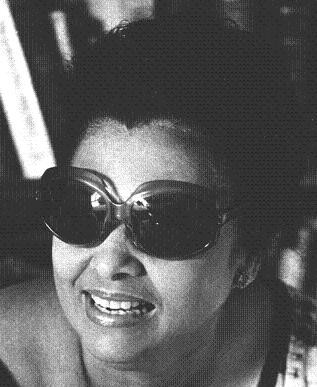4.1.3.2 Life and work of Rafaela Chacón Nardi (1926 – 2001), until 1959

Rafaela Chacón Nardi excelled in her time not only as a poet but also as an educator, a profession she practiced at the Teacher Training College, the University of Havana, and the University of Las Villas, among other institutions. Later, she would become known for her hard work on behalf of children and as a promoter of community culture.
Rafaela is said to have written her first poems when she was just 7 years old and continued this practice throughout her adolescence. During her youth, she published poetry in the publications of “La Gaceta del Caribe,” “Noticias de hoy,” “El Mundo,” “El País,” “Lyceum,” and “Bohemia,” among others. The editors of the first of these publications considered her a “new artistic hope,” which gives an idea of the talent her early verses foretold.
At the age of 22, in 1948, he published his first book of poems, entitled “Journey to Dreams.” It was later reissued in 1957 with the addition of new poems and a prologue featuring a letter sent to him by Gabriela Mistral after the first edition. Mistral was able to appreciate the significance of this initiation into the world of poetic images in terms of aesthetic achievement. In this regard, Mistral stated:
“Your book is the best of women’s poetry I’ve read in years. Its quality and femininity captivated me. Two readings, both brimming with grace, I am grateful for them. I am pleased we have two common jobs, Rafaela de Cuba.”
Rafaela’s poetic work greatly extolled the experience of love from all spheres, both carnal and spiritual, thus placing herself at the forefront of women’s work of her time, alongside Carilda Oliver and also Mirta Aguirre, who was also her mentor and offered her valuable advice on artistic creation and the need to reject the facile and hackneyed in the construction of verses.
Her lyricism has important points of contact with the aforementioned author, but also with the poetics of Juan Ramón Jiménez, who had largely impregnated the poetic imagination of the Island after his visit in 1938. Rafaela’s intimacy was fertile in lyrical overflows, which would find new expressive paths after the Triumph of the Revolution, without losing authenticity or diluting into absolute epochal molds.








